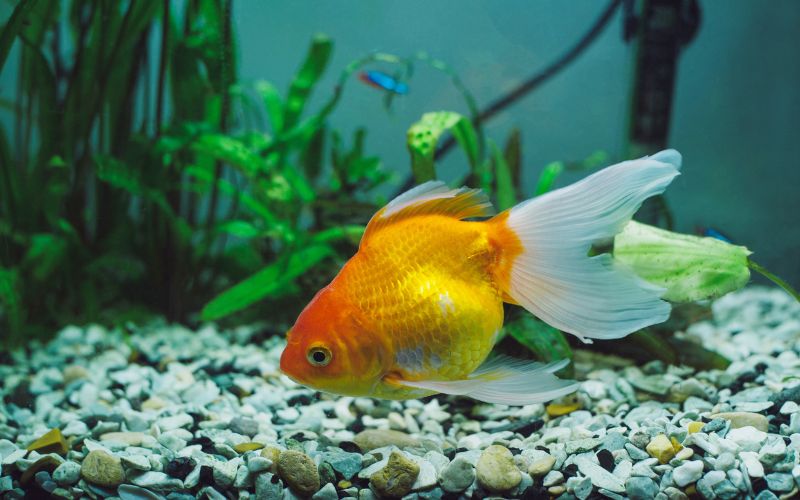Are my goldfish trying to mate


Goldfish are fascinating aquatic creatures that have been kept as pets for centuries. One question that many goldfish owners ask themselves is, “Are my goldfish trying to mate?” This is a valid concern, especially during breeding season, but it’s not always easy to tell when goldfish are trying to mate. In this article, we will explore how goldfish reproduce, the signs of goldfish mating, and what happens after goldfish successfully mate. We will also discuss the common mistakes people make when breeding goldfish and provide tips for caring for goldfish during mating season.
Goldfish are egg-layers, meaning that females release eggs while males release sperm to fertilize them. Unlike other species of fish, goldfish do not have external sex organs, so it’s not always easy to tell which goldfish are male or female. Some clues that can help distinguish between sexes include the shape of their body, fin size and shape, and behavior.
Goldfish reach sexual maturity around 1 to 2 years of age, and they can breed throughout the year. However, goldfish breeding is more successful during the warmer months of the year when water temperatures are between 18 and 24 degrees Celsius.
One of the most obvious signs that goldfish are trying to mate is their behavior. During breeding season, goldfish become more active and may swim faster and more erratically than usual. They may also chase each other around the tank and nibble at each other’s fins.
Another sign that goldfish are trying to mate is the appearance of white spots on their gills and flanks. These spots are called breeding tubercles and are more prominent on males than on females. Males also develop a white line down their belly during breeding season.
Goldfish engage in several types of mating behaviors, including chasing, nudging, and bubble nest building. Chasing is when males chase females around the tank, trying to get them to release eggs. Nudging is when males gently push females towards a spot in the tank where they want them to lay their eggs.
Bubble nest building is a fascinating behavior that male goldfish do in preparation for mating. They create a nest made of bubbles using their saliva to stick them together. The nest provides a safe place for the female to lay her eggs.
After goldfish successfully mate, the female will lay her eggs on the bubble nest the male has constructed. Goldfish eggs are small and clear, and they usually hatch within 4 to 7 days.
Once the eggs hatch, the baby goldfish, called fry, will start feeding on their yolk sacs. After a few days, they will start swimming and foraging for food. It’s important to separate the fry from the adult goldfish, as they may be eaten or bullied by the larger fish.
One of the most common mistakes people make when breeding goldfish is overcrowding the tank. This can lead to stress, illness, and even death. It’s important to provide ample space for the goldfish to swim and breed.
Another mistake people make is not providing enough food for the goldfish, especially during breeding season. Goldfish require a varied diet that includes both plant and animal-based foods to stay healthy and produce healthy offspring.
During mating season, it’s important to monitor your goldfish for signs of stress and illness. You should also provide them with plenty of hiding places, such as plants or decorations, to reduce the risk of aggression.
It’s also important to maintain good water quality by performing regular water changes and keeping the tank clean. Poor water quality can lead to stress, illness, and breeding failure.
If you notice any unusual behaviors in your goldfish during mating season, such as aggression or lethargy, it’s important to take action immediately. These behaviors could be signs of stress or illness, which can interfere with breeding success.
You should also keep an eye out for any signs of disease, such as white spots or fin rot. If you notice any signs of illness, you should quarantine the affected fish and treat them promptly.
Breeding goldfish can be a rewarding experience, but it’s important to understand the intricacies of goldfish reproduction and breeding behaviors. By providing your goldfish with the right environment, diet, and care, you can increase the likelihood of breeding success and produce healthy offspring. Remember, happy goldfish mean happy owners, so take the time to learn about goldfish breeding and provide the best possible care for your aquatic pets.